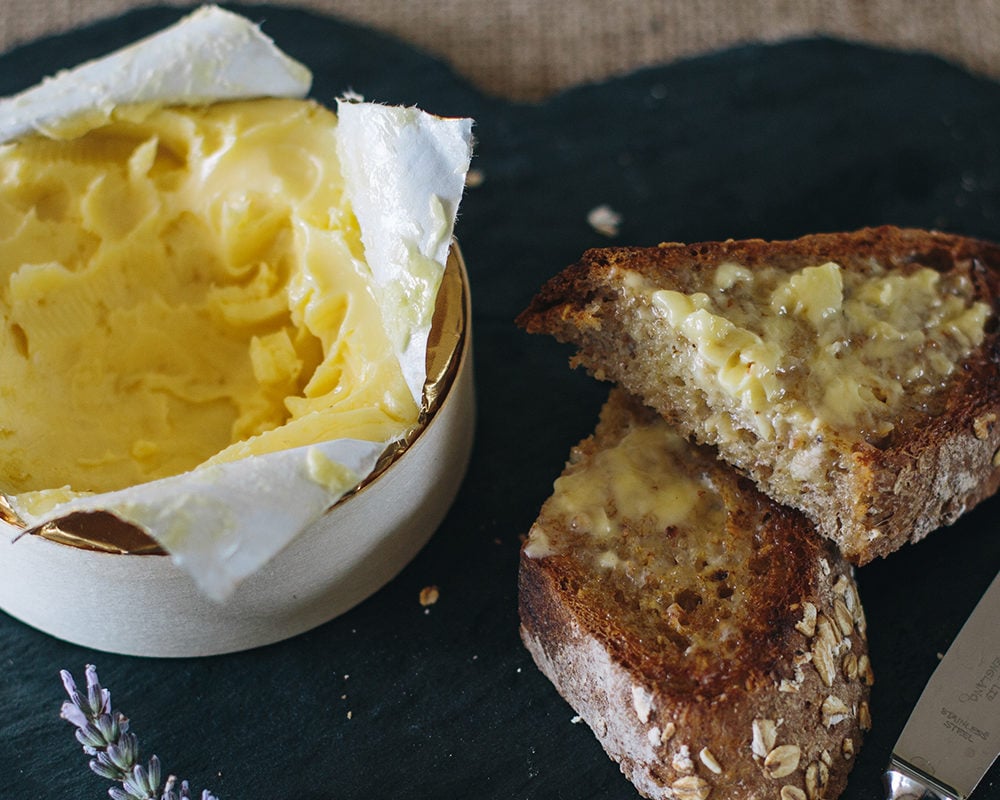
The difference between pasteurised and unpasteurised butter
Butter is a beloved staple in many kitchens around the world, but not all butter is created equal. When perusing the dairy aisle, you'll notice terms like "pasteurised" and "unpasteurised" butter. Understanding these distinctions can help you make informed choices about what you’re spreading on your toast. We recommend the renowned Bungay Butter from Fen Farm Dairy - here's why.

What is Pasteurised Butter?
Pasteurised butter is made from cream that has been heated to a specific temperature to kill harmful bacteria and enzymes. This process, known as pasteurisation, ensures the butter is safe to consume and extends its shelf life. Most commercial butter available in supermarkets is pasteurised. This type of butter can be found in various forms, such as salted butter, which includes added salt for flavour and preservation.
What is Unpasteurised Butter?
Unpasteurised butter, also known as raw butter, is made from cream that has not undergone the pasteurisation process. This type of butter retains more of its natural enzymes and beneficial bacteria, which some people believe can be advantageous for digestion and overall health.
Benefits of Raw Butter
Raw butter, such as the acclaimed Bungay Butter Raw Butter by Fen Farm Dairy, offers several potential benefits. It contains higher levels of vitamins A, D, and K2, along with beneficial bacteria and enzymes that support gut health. Many enthusiasts of raw butter appreciate its rich, creamy flavor and unique texture.

Bungay Butter Raw Butter by Fen Farm Dairy
Fen Farm Dairy, a family-run operation, produces Bungay Butter Raw Butter from the milk of their Montbéliarde cows. This raw butter is highly regarded for its deep, complex taste and silky texture. The cows are grass-fed, contributing to the superior quality of the milk and, consequently, the butter.
How to Consume Raw Butter
Enjoying raw butter is a delightful experience - perfect for spreading on fresh bread or melting over steamed vegetables. Due to its rich taste, a little goes a long way, making it an excellent addition to various dishes. You can also use raw butter in baking to add a depth of flavour that pasteurised butter may lack.
How Butter is Made
The process of making both pasteurised and unpasteurised butter starts with churning cream. For pasteurised butter, the cream is first heated to around 72°C (161°F) for about 15 seconds, then cooled before churning. For unpasteurised butter, the cream goes directly into the churn after separation from the milk.
Conclusion
Choosing between pasteurised and unpasteurised butter depends on your preferences and dietary needs - unpasteurised butter provides a richer nutrient profile and a distinct taste experience.
Enjoy!



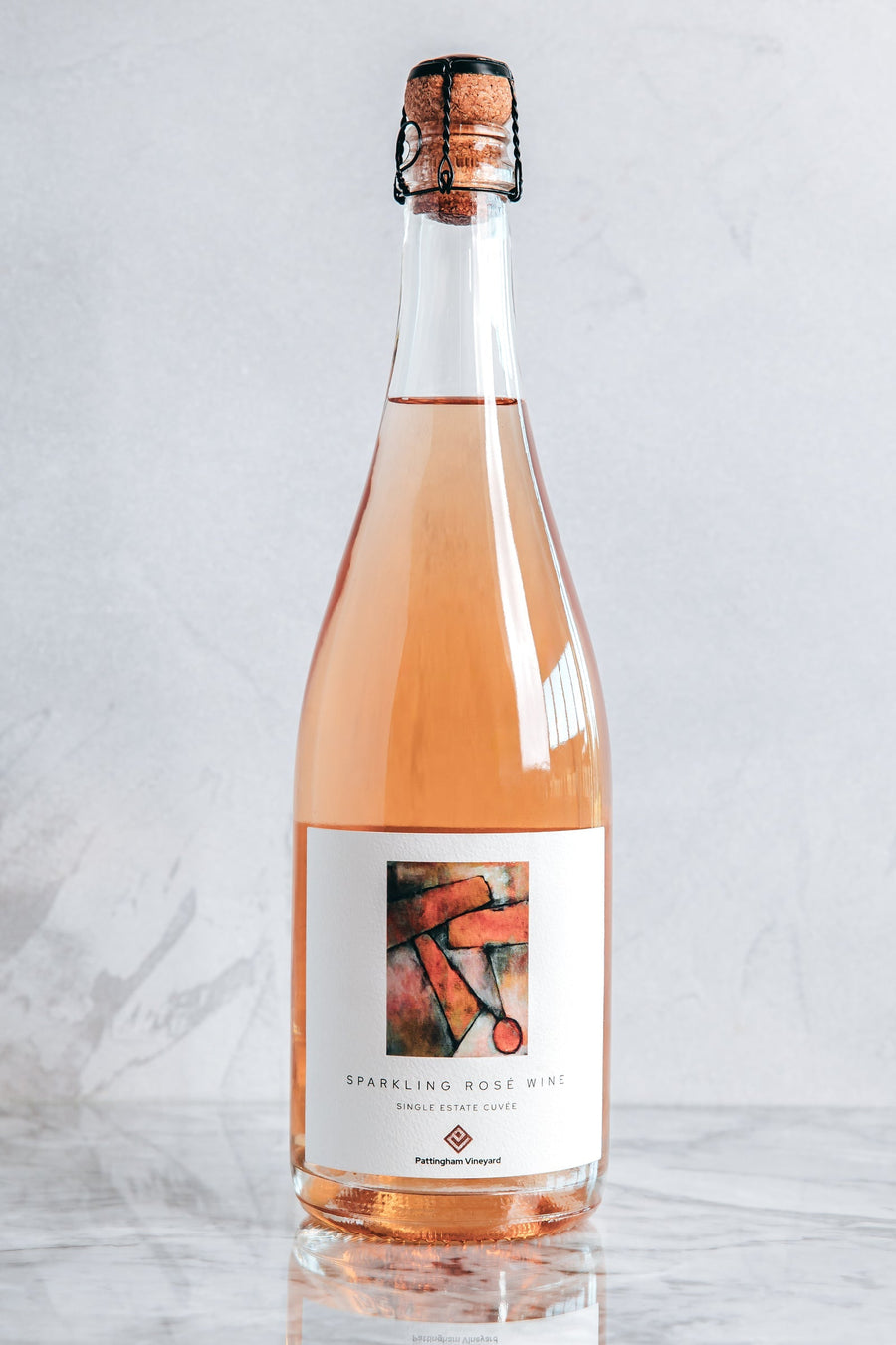

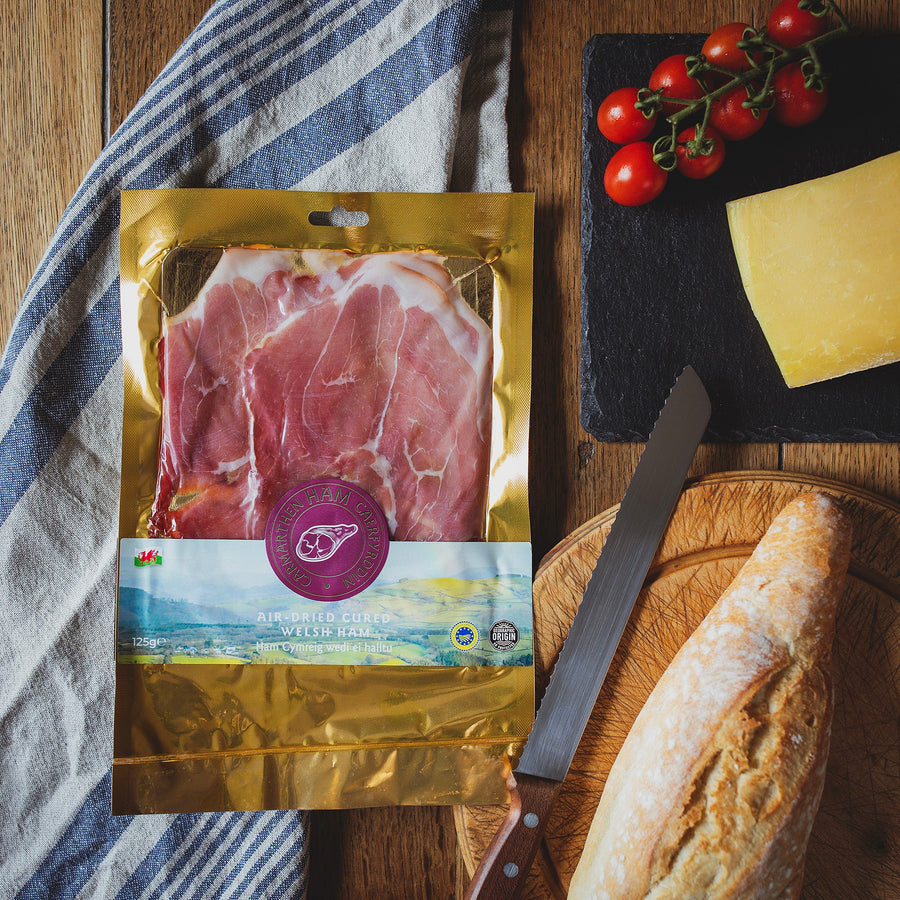
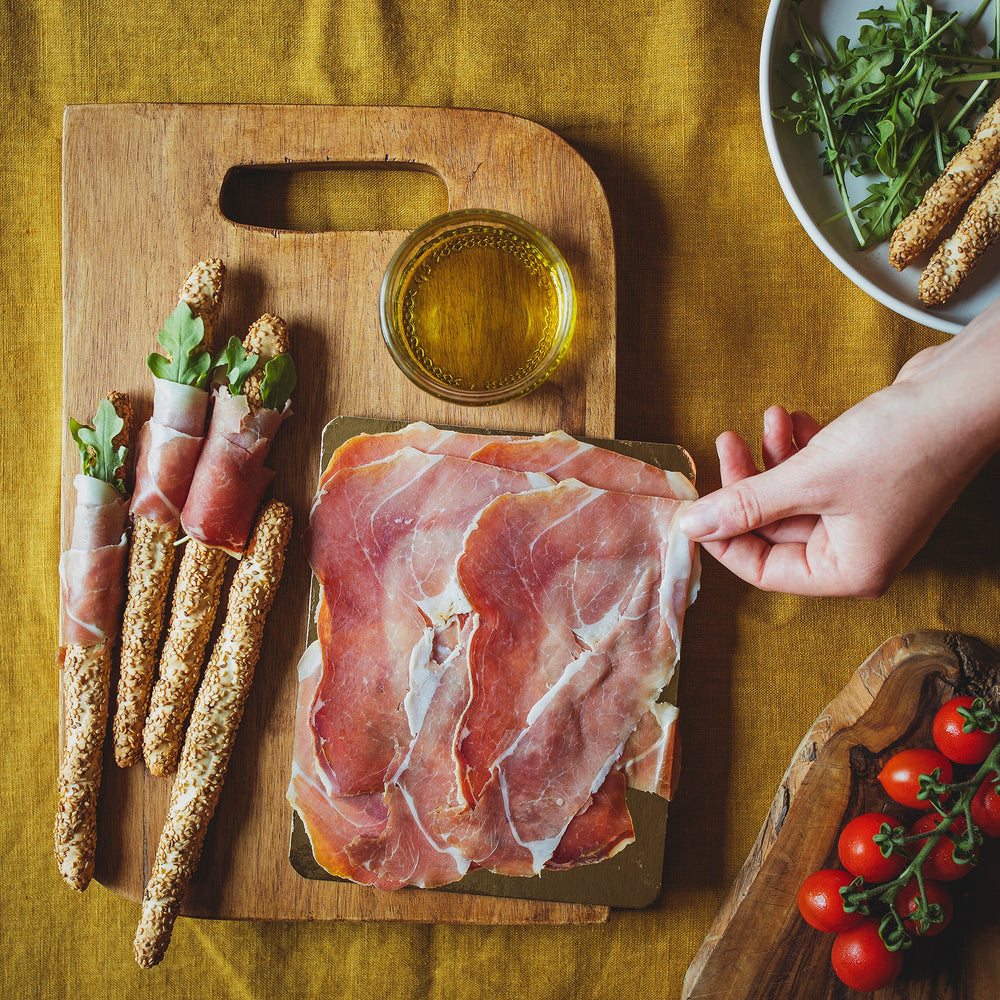


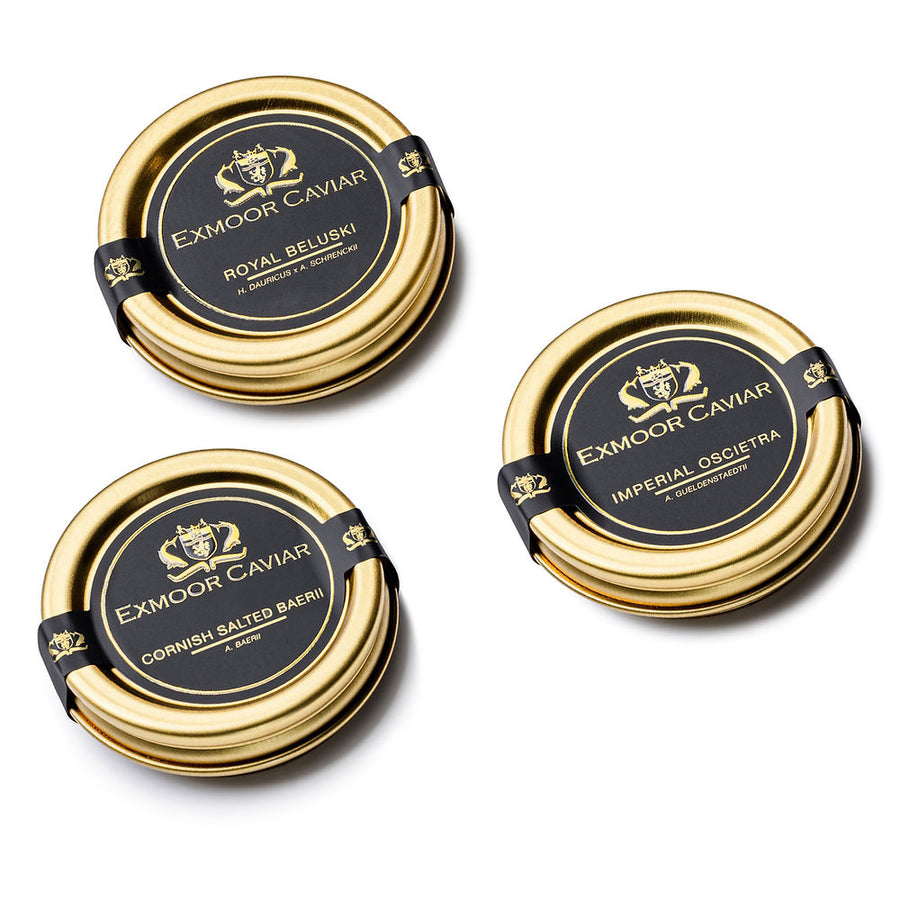
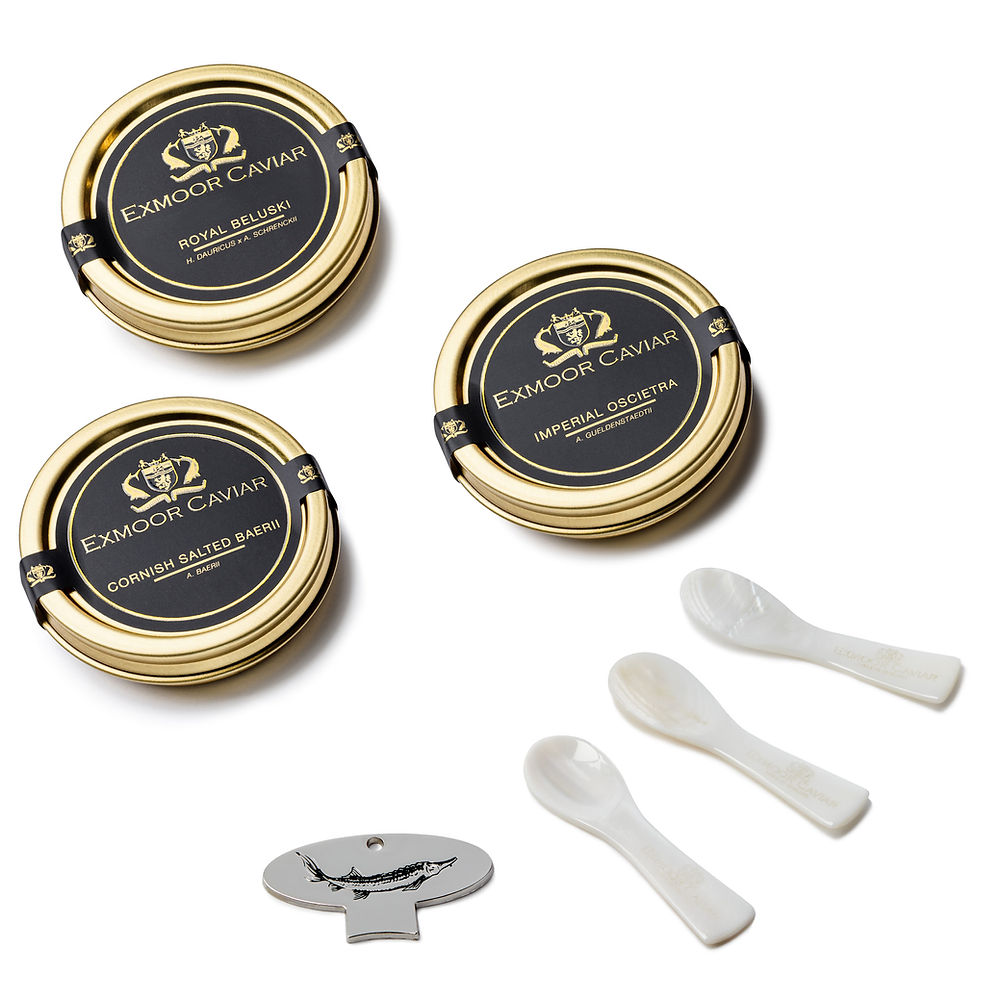






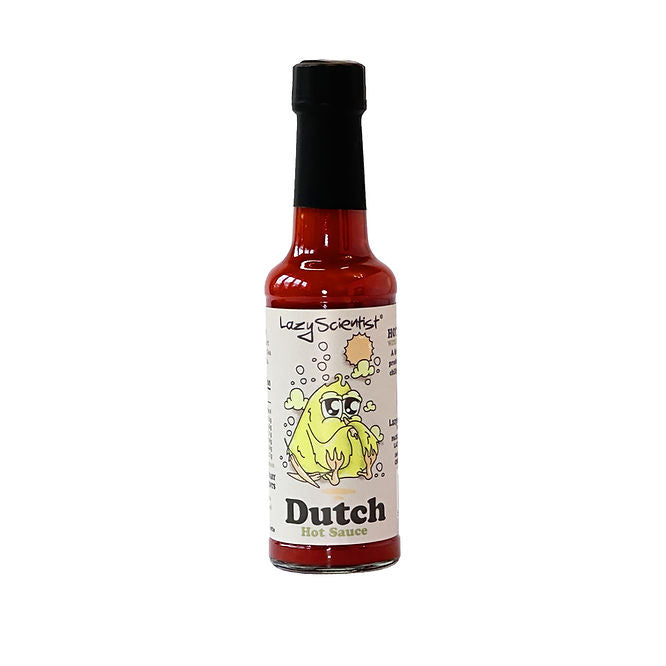
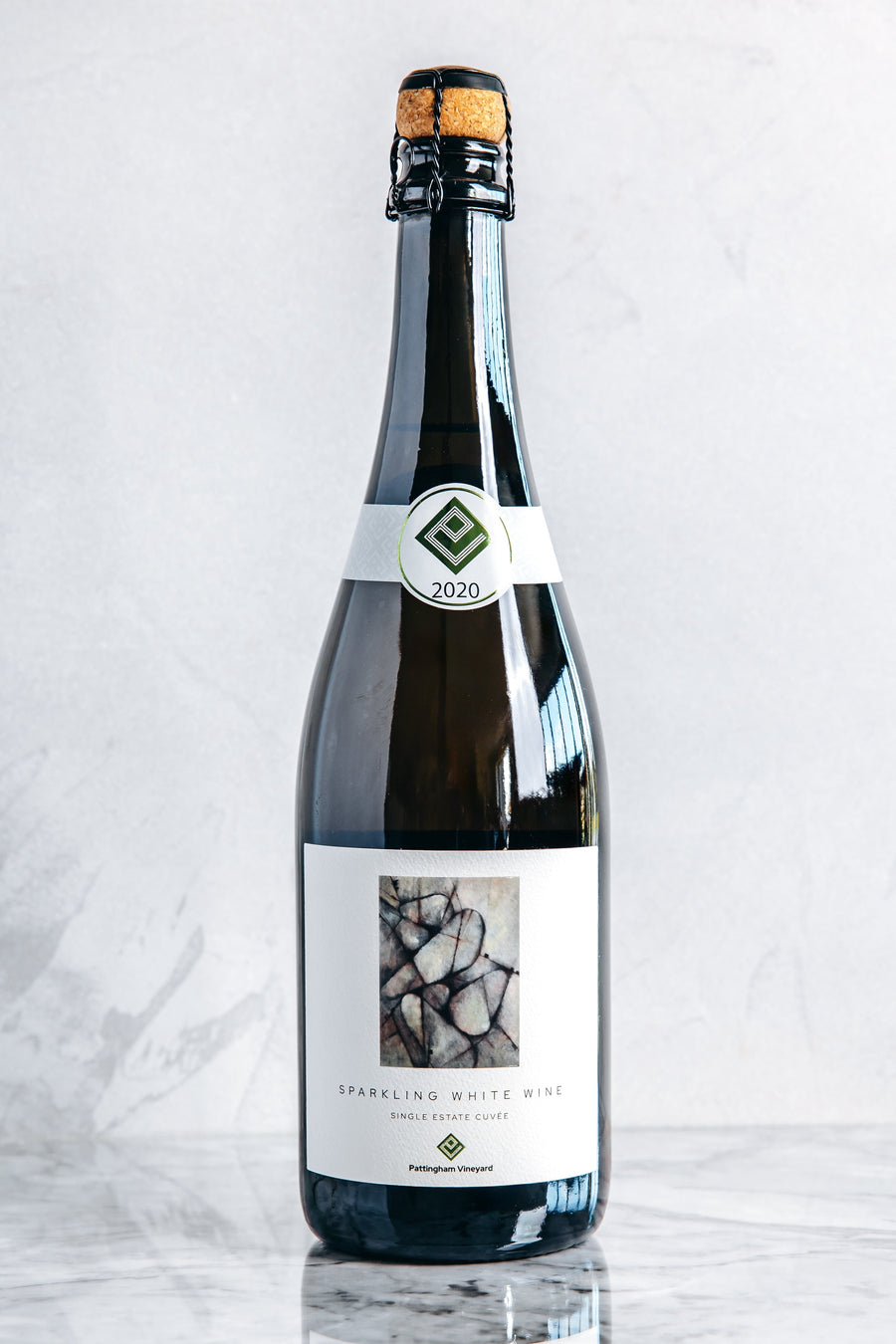

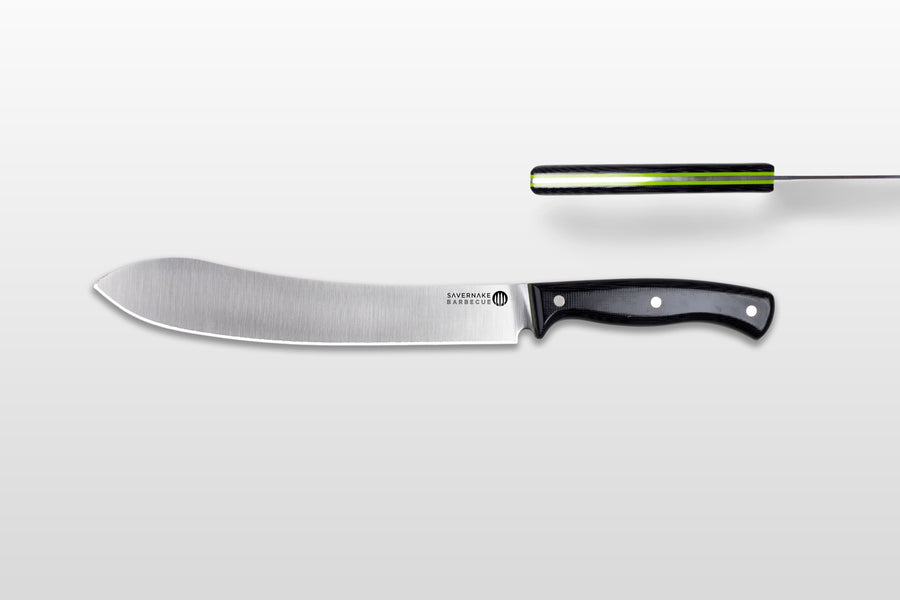

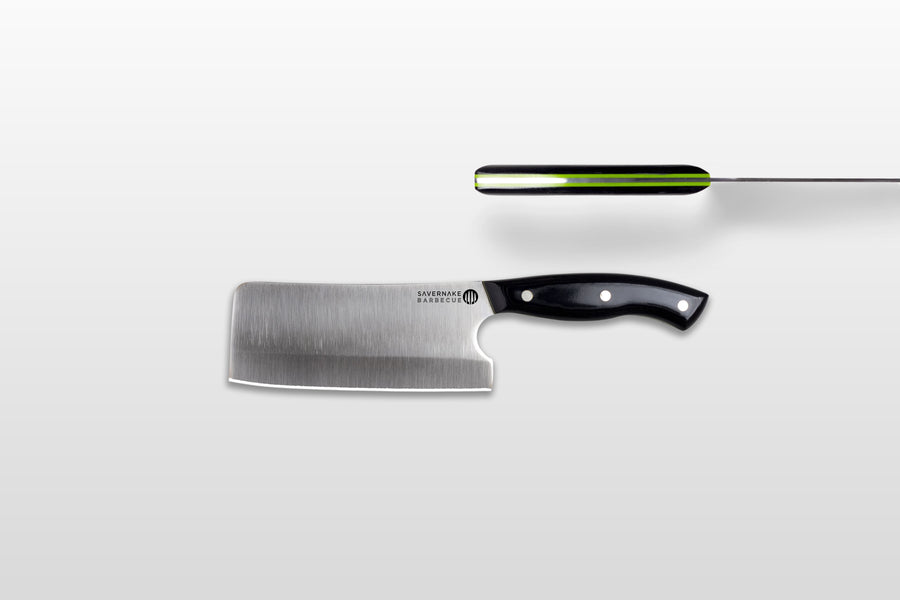
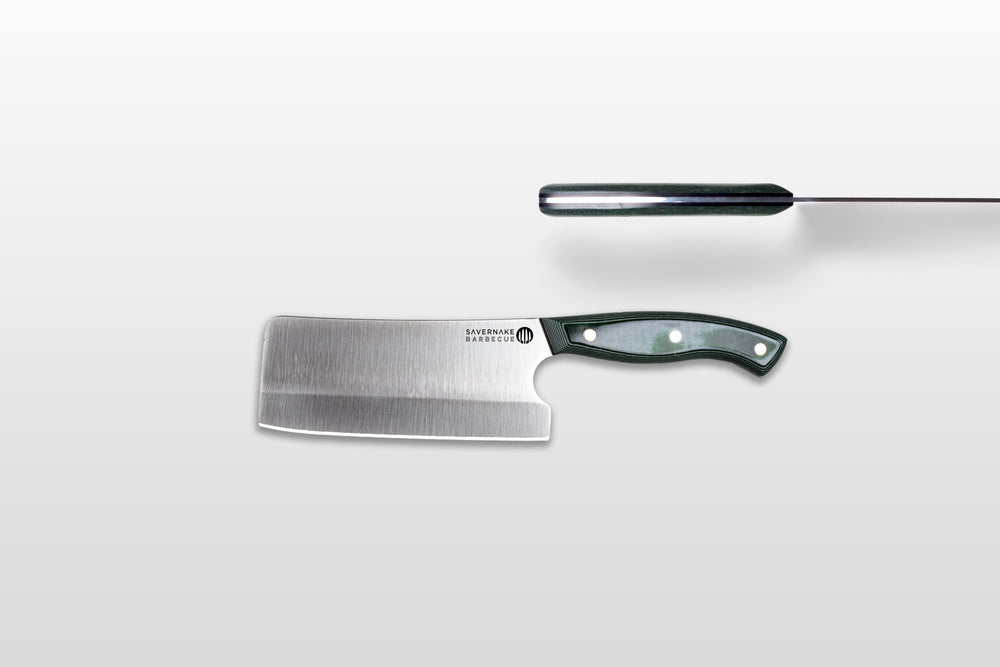
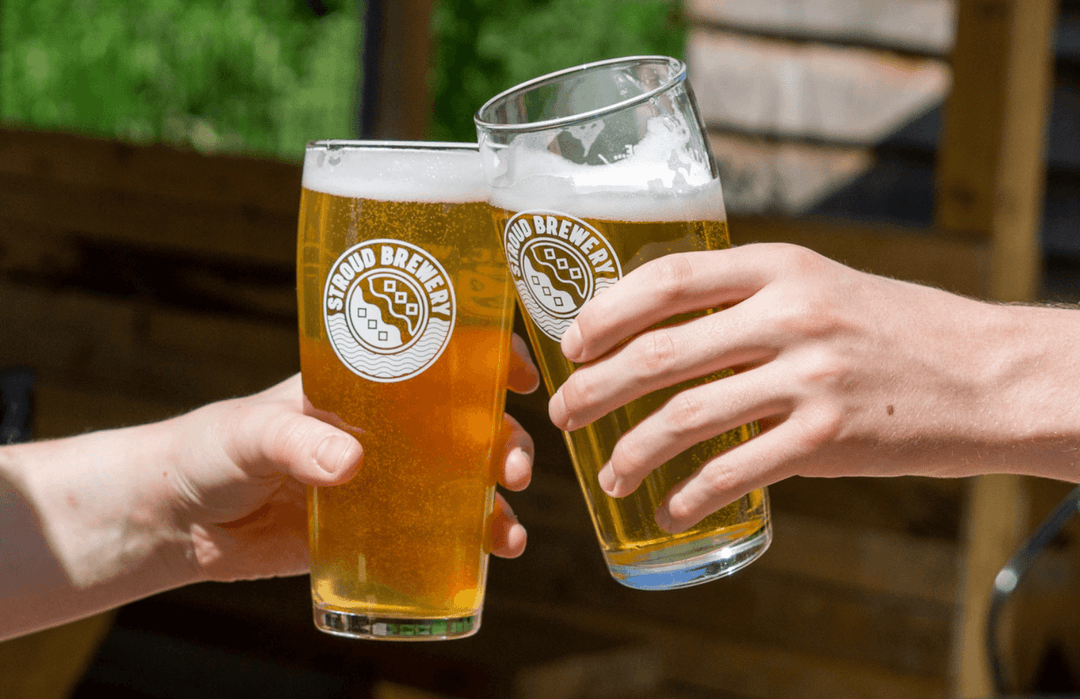

Leave a comment